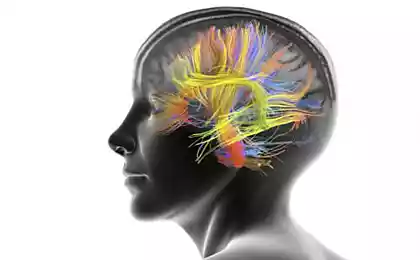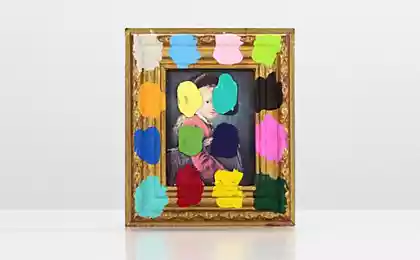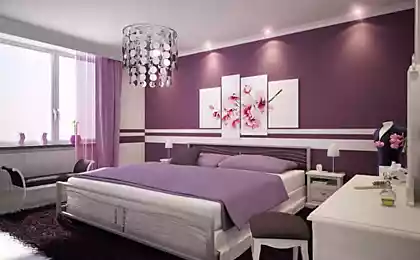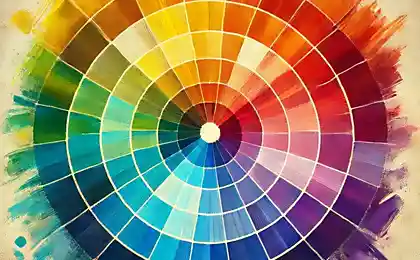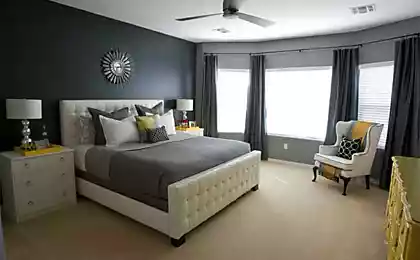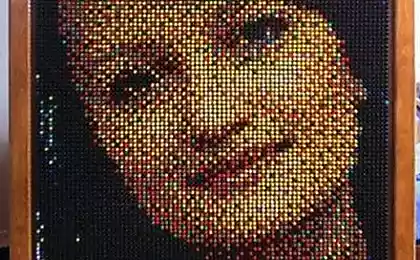Colored taynyKrasny color inflames passions, and blue and green - calm. But is it?
We can spend hours choosing the right color for a room to create exactly the mood that we want. Doctors' offices are painted white to create for us a sense of sterility, point of sale fast food - red or yellow, and some prison cells - in pink, with a view to reduce aggression.
We think we know in which color is best to paint the room. The claim that excites us the red and blue soothing, deeply rooted in Western culture - to the point that many consider it a fact. But are the colors can change our behavior?
In some prisons in the United States, Switzerland, Germany, Poland, Austria and the UK camera painted in a shade of pink h4> When it comes to research, results are ambiguous and sometimes controversial. Most studied the effect of the red, compared to blue or green. Some studies have shown that people are better solved cognitive tasks at a red light, not blue or green; others point to the opposite. The idea is that if you repeatedly had some experience in the environment of a certain color, then you begin to talk in the same way as we did before with appropriate lighting. It reminds your emotions in school, when the teacher singled out errors in red, and now you subconsciously feel that the red - the color of danger. Also, poisonous fruits often have a red color. Blue is most often associated with a more relaxed situations, such as by sea or air.
Of course, there are always exceptions: a comment from a teacher, which states: "Achieved great!" - Also written in red, and red raspberries, too, but quite edible.
After many controversial studies in 2009, scientists from the University of British Columbia attempted to clarify the situation once and for all. They are displayed on computer screens experiment participants blue, red, or "neutral" colors and offered to solve various problems. Red screen improved on tests of memory and search for errors in the text, that is, tasks that require attention to detail. But when the screen is changed to blue, subjects were better solved creative tasks. The authors of the experiment suggested that the red color makes participants more cautious, while the blue motivated opposite - he urged them to be more free.
A team of scientists also considered various options for the use of their results in everyday life. For example, the question arose as to whether the wall to be painted in different colors, depending on the current task - for example, red for the group dealing with the identification of the side effects of a new drug, or blue in the room to look for new ideas. In practice it is very difficult to implement. In the office or classroom for a while you have to think creatively, but you also need to pay close attention to and the details.
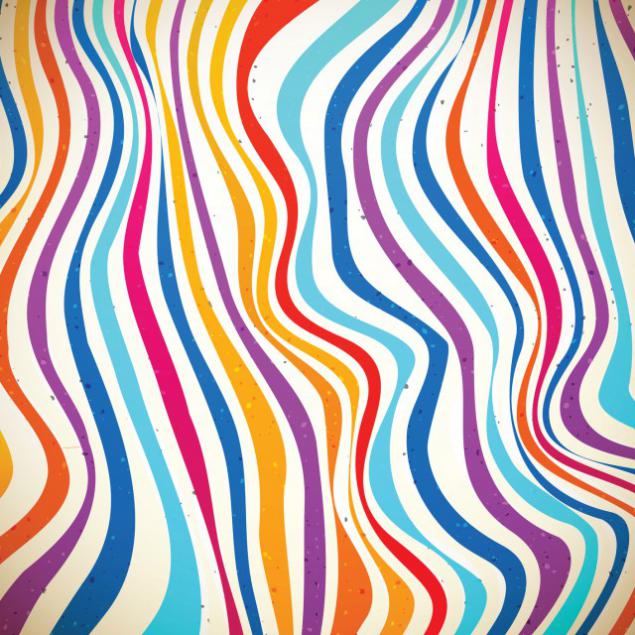
Warning or desire? In any case, the study leaves more questions than answers. When in 2014, another group of scientists tried to replicate the study with the involvement of a large group of people, the effect of the color disappeared. The original study involved 69 people. In the new experiment on a large background color 263 volunteers had no effect.
A team led by Oliver Genshova from the University of Basel, Switzerland, has put another experiment. They offered a plate of cookies and the volunteers were allowed to eat as much as is necessary to determine the taste.
When the red light was eaten by smaller cookie. However, when a team of scientists from Appalachian University has decided to repeat the experiment, the results were opposite. People at a red light ate more.
Pink tyurmyOchevidno that study the effect of color is much more complicated than it seems, or maybe the colors just do not have that effect what we expected. Nevertheless, in some prisons in the United States, Switzerland, Germany, Poland, Austria and the UK camera painted in a shade of pink. In Switzerland, 20% in the prisons and police stations have at least one pink camera. This shade can be called "pink pudding", but it has its own name - the Baker-Miller Pink in honor of the two officers of the US Navy, who first undertook a study on the impact of the prisoners pink walls.
In 2014, the team Genshova decided to test the hypothesis in practice and went to the most secure prison in Switzerland. Their study was prepared much better than an experiment 30 years ago. Violate the rights of prisoners randomly placed either in chambers, fully painted in pink or in chambers with gray walls and white ceiling. Prison employees learn to use aggression scale to assess the behavior of prisoners. The results were disappointing for those who adhere to the theory of pink cameras. Regardless of the color camera, three days later the prisoners were becoming less aggressive, so that the color of the walls do not have values.
Thus, the color may have some influence, but to demonstrate or to repeat these effects is still very difficult, and sometimes it seems that they do not exist at all. Perhaps in time we will see a complete picture of the impact of color on our behavior, not to mention understanding the mechanisms by which this occurs.
via www.bbc.com/future/story/20150402-do-colours-really-change-our-mood



